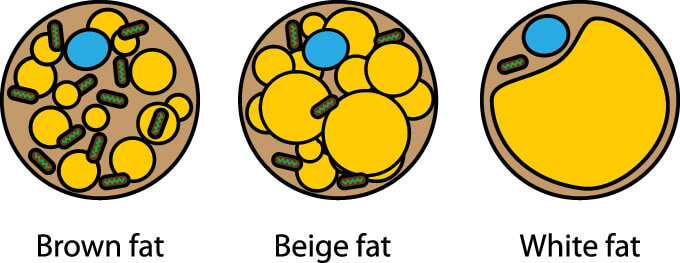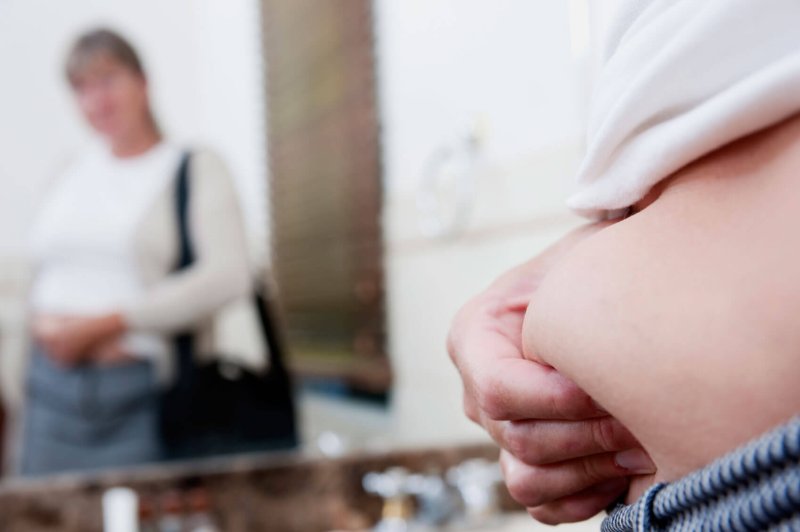Too much of the bad white [fat], which stores energy, makes us obese. The brown type burns energy, helping us stay lean. Scientists have now created human brown fat cells in the lab and transferred it into mice. These rodents gained less weight from a fatty diet. They also became healthier.
Scientists hope such a strategy might do the same thing in people.
…
To make the white fat behave like brown fat, the researchers used a technology known as CRISPR-Cas9. CRISPR often is used to swap out some genetic building blocks with others. [Molecular biologist Yu-Hua] Tseng’s team instead used the technology to insert a molecular switch into the DNA of white fat cells. This switch turned on a gene called UCP1. In brown fat, that gene causes mitochondria to churn out heat.
Tseng hopes this innovative use of CRISPR tech will one day treat obese people with diabetes. She can imagine doctors removing a patient’s fat cells and editing their DNA. The doctors would then return the cells back to that person (without firing up an immune attack). She says it would be “almost like waking up your own fat cells to boost your glucose metabolism.”
































